Higher classification Nightshade | Scientific name Iochroma Rank Genus | |
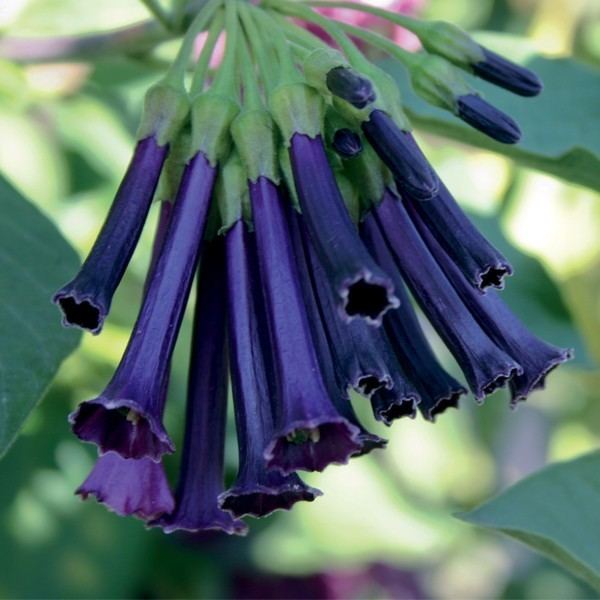 | ||
Similar Acnistus, Nightshade, Brugmansia, Iochroma cyaneum, Cestrum | ||
Growing mini angel s trumpets iochroma hybrids
Iochroma is a genus of about 34 species of shrubs and small trees found in the forests of South America. They range from Colombia to Argentina or when certain species are excluded (see below) from Colombia to Peru. Their hummingbird pollinated flowers are tubular or trumpet-shaped, and may be blue, purple, red, yellow, or white, becoming pulpy berries. The cupular calyx is inflated in some species. The leaves are alternate, simple, and entire.
Contents
- Growing mini angel s trumpets iochroma hybrids
- Caring for pruning the oh so fast growing iochroma cyanea
- Species
- References
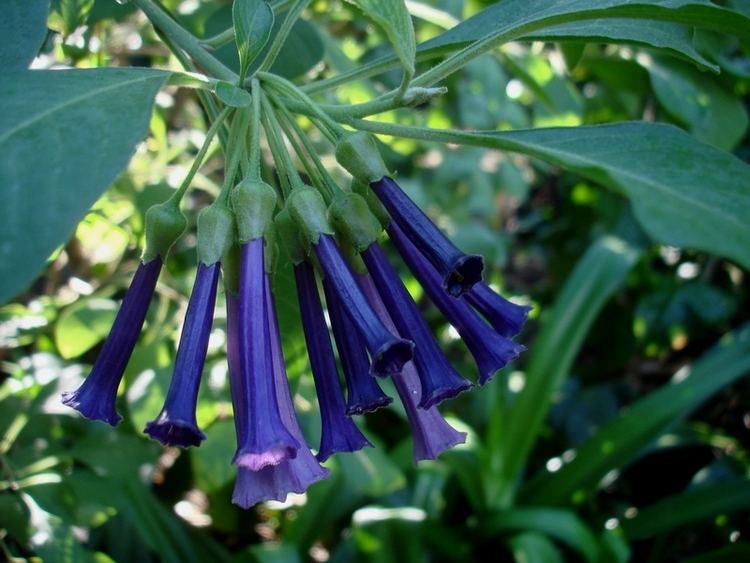
Iochromas are cultivated as flowering ornamentals and in cooler zones (zones 7-8/9) make useful patio shrubs for summer display or conservatory plants. The majority are not frost hardy and must be overwintered under protection. In warmer zones (zones 9-10) they can be used as landscape plants. They are commonly trained as standards (topiary) to control their size and shape. Iochroma flowers attract hummingbirds (Americas only) and bees to gardens.
Like many plants in the Solanaceae, Iochroma species contain phytochemicals with potential pharmaceutical value but the genus has not been exhaustively studied in this respect. Iochroma fuchsioides is taken by the medicine men of the Kamsa Indians in the Colombian Andes for difficult diagnoses the unpleasant side effects lasting several days (Schultes & Hoffman 1992). A variety of withanolides (Alfonso et al. 1993) and hydroxycinnamic acid amides (Sattar et al. 1990) have been isolated from Iochroma species.
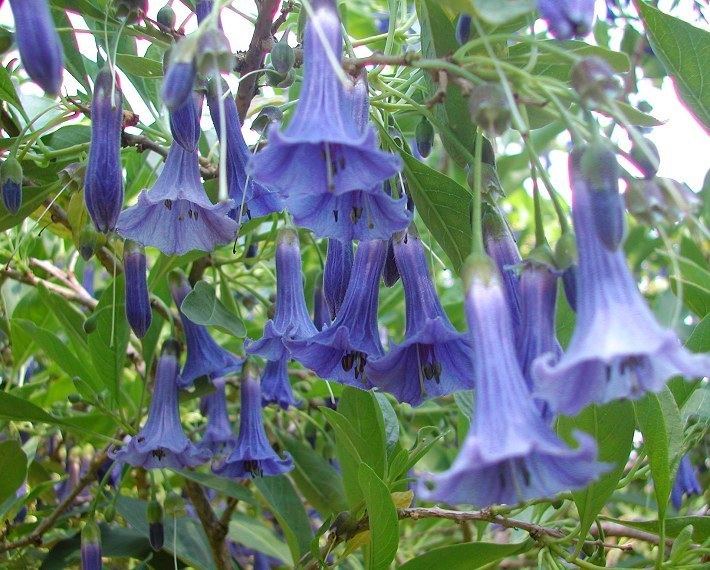
The family Solanaceae is further divided into subfamilies, tribes and subtribes. Iochroma is in the subtribe Iochrominae along with the genera Acnistus, Dunalia, Eriolarynx, Saracha, and Vassobia.

Caring for pruning the oh so fast growing iochroma cyanea
Species
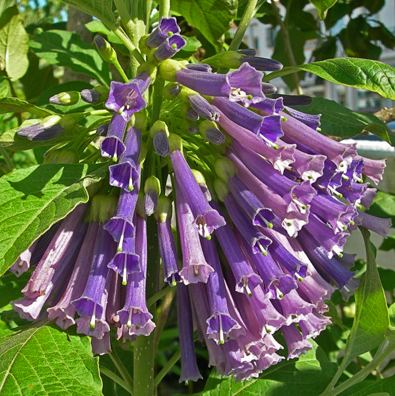
The genus Iochroma is not completely known. Several of the species listed here are known to have resulted from hybridisation in the wild and there is extensive synonymy which is not recorded here. Recent research indicates that some of the species listed here are not Iochroma (see notes) although changes in nomenclature have not formally been published. There are also known to be undescribed species.
The genus is currently divided into 3 sections.
Section Iochroma
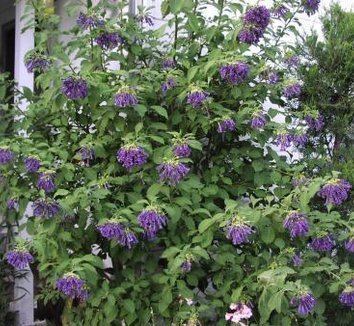
Section Lehmannia
Section Spinosa
Unclassified
Notes:
Iochroma australe is not an Iochroma but an Eriolarynx. Occurring in Bolivia and Argentina this is the southernmost species of Iochroma and its removal from the genus affects the geographic range as indicated above.
Iochroma cardenasianum is not an Iochroma and not a member of the tribe Physaleae (incl. subtribe Iochrominae) but the tribe Datureae.
Iochroma parviflorum is not an Iochroma but a Dunalia.
Iochromas as ornamentals
Several forms of Iochroma (some wild collected, some garden hybrids) have been given cultivar names. Some of the cultivars have been assigned to species but others, mainly hybrids, have not. There may be some synonymy in this list.
